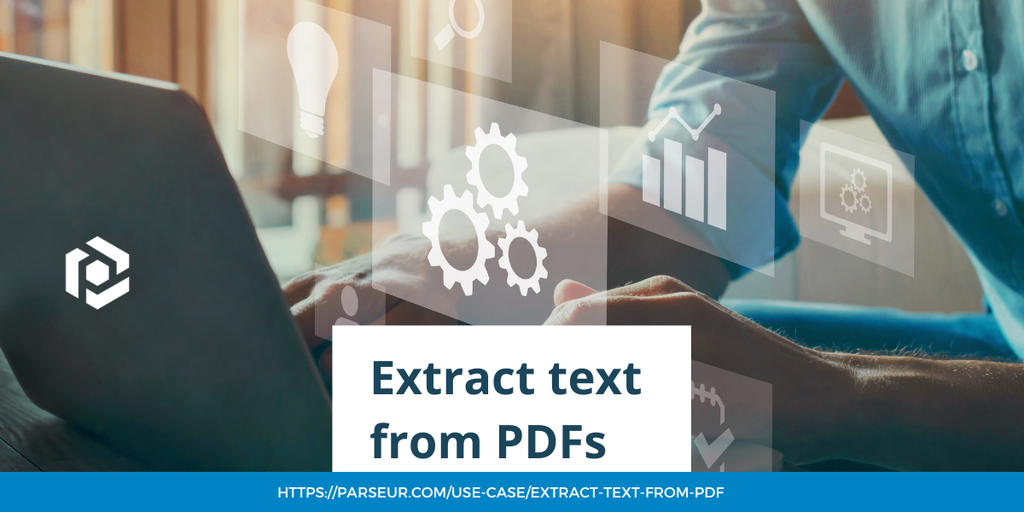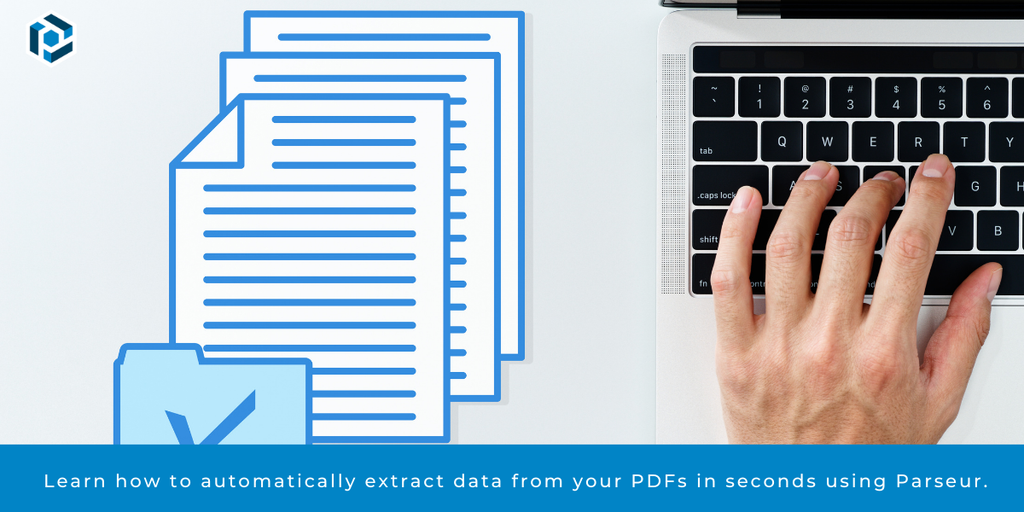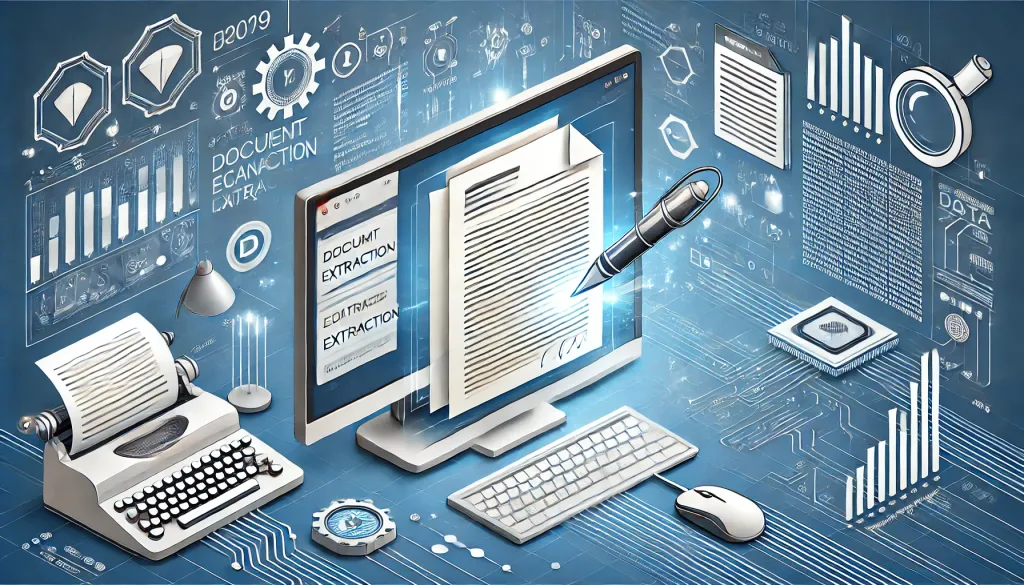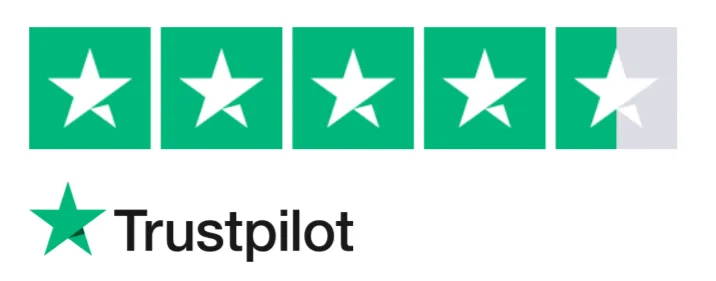Key takeaways
- 57% of business owners believe that business cards are important for success.
- Manual data extraction from business cards is time-consuming.
- AI parsers increase efficiency and productivity.
Business cards remain an important aspect of professional networking, but manually extracting their information (names, phone numbers, email addresses, and job titles) can be time-consuming and prone to errors.
AI-powered data extraction from business cards provides an efficient, accurate solution, making it invaluable for businesses that regularly handle large volumes of cards.
Are business cards still important in 2024?
If you think that business cards are no longer useful, you’ll change your mind by reading these statistics below:
- For every 2000 business cards distributed, sales can increase to 2.5%.
- 57% of business owners believe that business cards are important for success.
- Business cards have a conversion rate of 12%.
Why should businesses extract data from business cards?
Data extraction from business cards can be used to:
- Build contact lists: Automatically adding business card data into a CRM system helps businesses grow and maintain an up-to-date contact list.
- Improve lead management: Businesses can assign extracted data to specific leads, ensuring that essential connections aren’t lost and can be nurtured through personalized communication.
- Customer relationship management: By integrating extracted business card data with CRM systems, businesses can more effectively maintain and grow client relationships.
- Save time: Automating business card data extraction frees employees to focus on core business tasks rather than tedious manual data entry.
Use cases for extracting business card data
- Sales department: After attending trade shows or conferences, sales professionals collect dozens or hundreds of business cards. Automating data extraction ensures they can follow up promptly without spending hours on manual data entry.
- Recruiters: Recruiters who receive business cards from potential candidates or partners can seamlessly extract and store data in recruitment software or email databases, ensuring that candidate profiles are accurately maintained.
- Entrepreneurs and small businesses: For small businesses and entrepreneurs who engage in much networking, extracting business card data allows them to easily track contacts, collaborators, or potential investors and partners.
Manual data extraction from business cards
Manually inputting data from business cards is inefficient for several reasons:
- Time-consuming: Each business card has multiple fields (name, email, company, title, etc.), requiring individuals to enter them individually, which can take hours if handling hundreds or thousands of cards.
- Error-prone: Humans are prone to typos, misreads, and formatting errors. Handwriting or creative fonts can add complexity, increasing the risk of inaccurate data entry.
- Low scalability: When businesses grow or engage in large-scale networking events, manually processing business cards becomes impractical.
- Inefficiency: Handling, sorting, and archiving physical cards wastes time and resources, reducing a business's overall productivity.
How to scan and extract data from business cards?
Manual data entry is a traditional method that remains highly inefficient. However, other methods can be used to scan and extract data from business cards.
Scanning apps on mobile devices
This option remains the most common method to scan documents. For example, iPhones have a built-in scanner.
- Open Notes on your iPhone, tap on the camera and choose “Scan documents.”
- If you choose “Scan text,” the image will be converted into text.
Android phones also have scanning features, such as Google Lens, similar to iPhone's Live Text feature.
These apps use basic optical character recognition (OCR) to convert images into text. However, they are often limited to simple text extraction and cannot effectively process complex formats or layouts.
OCR tools
OCR technology reads printed text and converts it into digital data. While better than manual entry, basic OCR can struggle with creative card designs, handwritten information, or non-standard fonts.
Business card scanners
Business card scanners help to digitize business cards and are more accurate than mobile apps. CRM systems like HubSpot and Zoho also offer this free tool as part of their integration platform.
AI parsers
AI parsers, like Parseur, combine AI OCR with ML to accurately extract data from business cards, regardless of layout or design. They can handle large volumes of data and various data types (e.g., text, numbers, and email addresses), adapting and learning over time.
Extracting business cards at scale: benefits of an AI parser
Parseur has robust capabilities that seamlessly integrate with other apps for data transfer. It can automatically extract data from business cards and export it to any application.
High accuracy
Parseur can accurately detect and recognize text from business cards, even with creative designs, custom fonts, or images.
Adaptability
Parseur learns from each processed document, becoming more accurate over time. This adaptability allows them to handle various layouts and card formats with ease.
Time and cost efficiency
In data extraction, businesses save time and operational costs while freeing employees to focus on higher-value tasks.
How can Parseur extract data from business cards?
Parseur can easily retrieve the information below from business cards:
- Contact name
- Address
- Phone number
- Any other details present on the business card
Step 1: Create an AI-assisted mailbox
Parseur is free to start with all the features available. Create your mailbox and upload the scanned business card to that mailbox.
This is an example of a business card that we’ll use for this use case article.

Even if the business card has been poorly scanned, Parseur can still extract data automatically.
Step 2: Parseur’s AI engine extracts the data fields such as name, phone number, and email address
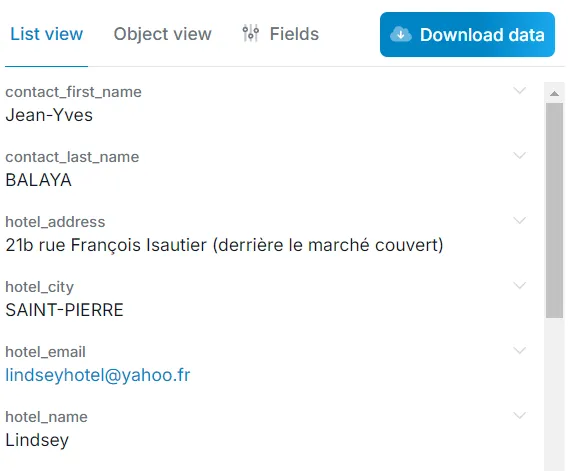
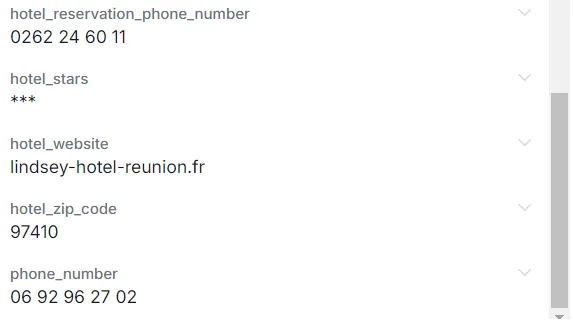
Step 3: Business cards to Excel
Click on “Download data” and select the format you want to export the parsed data (CSV, XLSX or JSON).

You can also connect Parseur to your CRM or any other application via Zapier, Google Sheets, or API integration, and the extracted data will be automatically added to your database.
Last updated on

